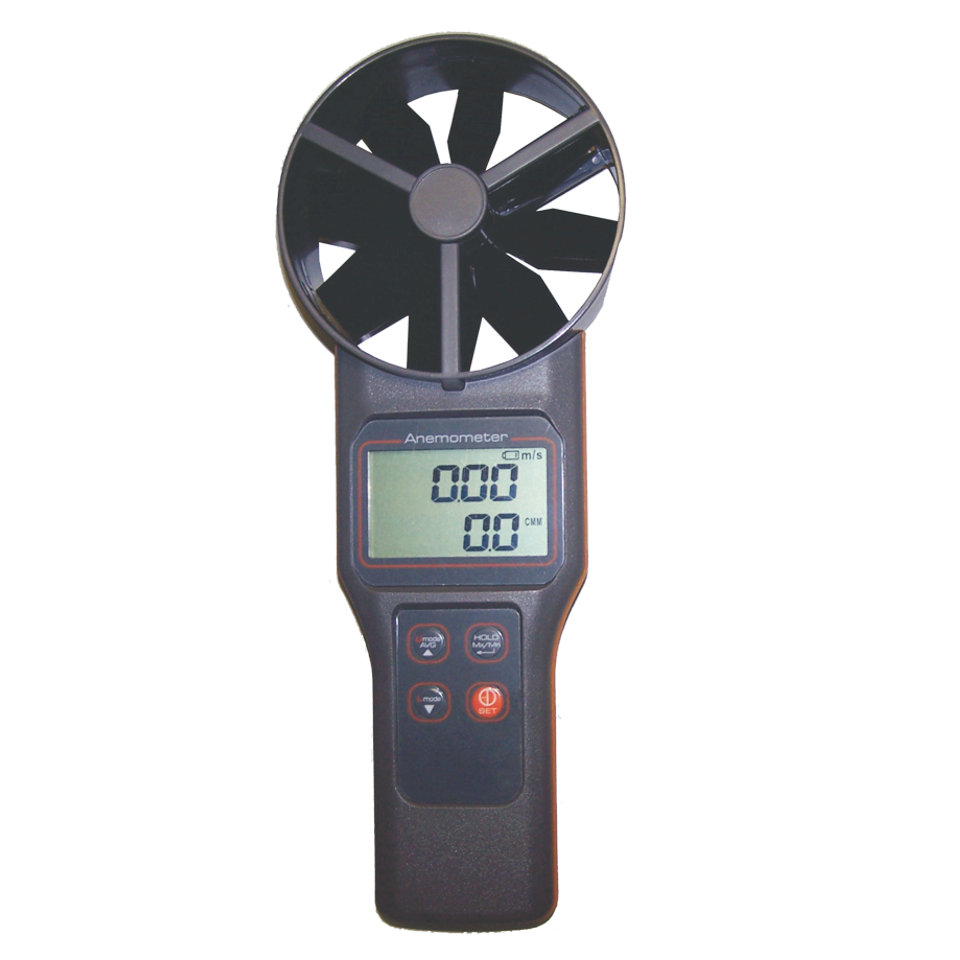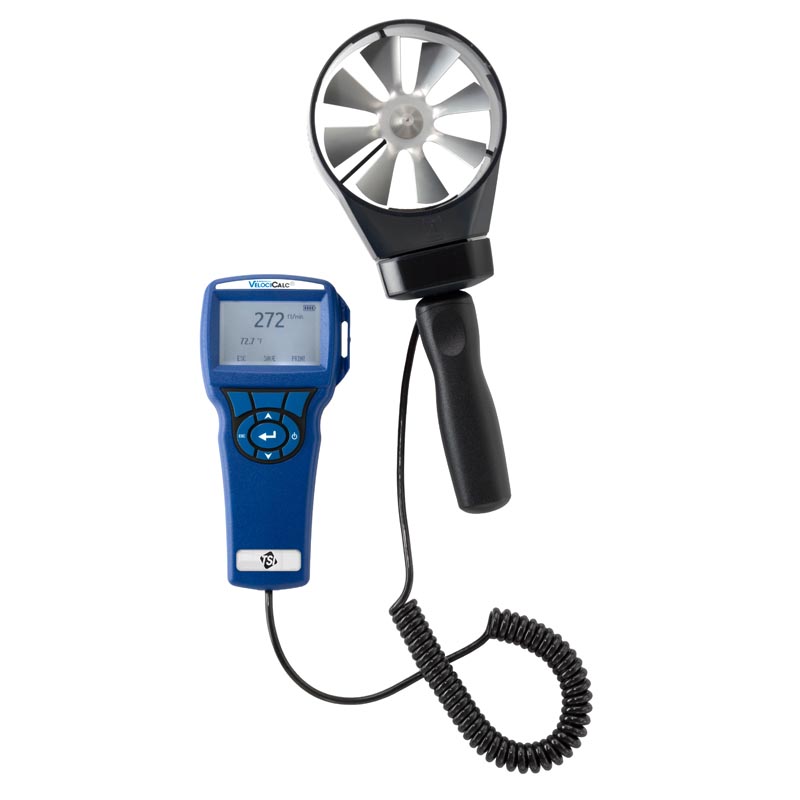All You Need to Learn About Anemometers: Exactly How They Work, Why They Matter, and Where to Make use of Them
Anemometers, though often forgotten in the world of clinical tools, play an important role in various fields, using important understandings right into wind speed and airflow patterns. As we dig right into the complexities of anemometer innovation, we will certainly reveal the inner workings of these devices, their importance, and the key considerations when selecting the ideal anemometer for particular applications.

Anemometer Fundamentals
A necessary instrument made use of to determine wind rate and instructions, the anemometer plays an essential function in weather forecasting and numerous markets. An anemometer usually consists of three or 4 cups that revolve in the wind, a vane that directs into the wind, and sensing units to track the movements or turnings.
There are various types of anemometers offered, consisting of mug anemometers, vane anemometers, hot-wire anemometers, and sonic anemometers, each with its special attributes and applications. Cup anemometers are typically used for fundamental wind rate dimensions, while vane anemometers are favored for directional measurements.
Principles of Anemometer Operation
Structure on the fundamental understanding of anemometer basics, the concepts of anemometer operation elucidate the technicians behind wind speed and instructions dimensions. Mug anemometers, for instance, have three or more mugs that catch the wind, triggering them to rotate much faster as the wind speed boosts. Hot-wire anemometers rely on a heated cord that cools down as wind passes over it, with the price of cooling down figuring out the wind rate.
Relevance of Anemometers
Anemometers play a vital function in determining wind speed and instructions, giving crucial data for weather condition forecasting, environment researches, ecological surveillance, and air travel operations. Meteorologists count on anemometers to gather exact wind information, helping them comprehend climate patterns, anticipate storms, and issue prompt cautions to the public. Wind ranch drivers utilize anemometers to evaluate wind conditions and optimize electrical energy production from wind generators.
Applications Throughout Different Industries
Applications of anemometers cover across varied sectors, showcasing their convenience and energy beyond weather forecasting. In the sustainable power industry, anemometers play an essential duty in examining wind problems for wind farm positionings, guaranteeing optimum energy manufacturing. Industries like construction and mining use anemometers to monitor wind rates, essential for safety and security protocols, particularly when functioning at heights or why not look here in open-pit mines where solid winds can posture risks. Anemometers are additionally integral in the air travel sector, aiding pilots in comprehending airspeed and wind instructions for secure take-offs and landings. The maritime market gain from anemometers for ship navigation, assisting seafarers prepare for weather modifications and readjust courses accordingly. In agriculture, anemometers assist farmers in handling plant splashing by providing real-time data on wind speed to prevent drift. Anemometers find applications in Heating and cooling systems to enhance air movement and enhance power performance in structures. The diverse usage instances of anemometers emphasize their significance throughout numerous markets, highlighting their indispensable function in boosting functional safety and security and performance (anemometer).

Selecting the Right Anemometer for Your Demands
Selecting the suitable anemometer customized to your certain needs is important for acquiring precise wind speed and direction measurements. When selecting an anemometer, think about aspects such as the desired application, called for dimension array, ecological problems, and desired features. For general functions, a mug anemometer is ideal for gauging wind rate, while a vane anemometer supplies wind instructions data. Hot-wire anemometers are suitable for reduced airspeed dimensions, why not find out more and ultrasonic anemometers use high precision and resilience.

Conclusion
In final thought, anemometers play a critical role in gauging wind rate and direction across various sectors. It is important to consider the relevance of anemometers in order to make enlightened choices when choosing the most appropriate gadget for gauging wind problems.
There are numerous types of anemometers available, including mug anemometers, vane anemometers, hot-wire anemometers, and sonic anemometers, each with its distinct features and applications. Cup anemometers are commonly used for fundamental wind rate dimensions, while vane anemometers are favored for directional dimensions. Hot-wire anemometers are ideal for reduced airspeeds, and sonic anemometers are excellent for high-precision measurements in research study and industrial setups.Building on the foundational understanding of anemometer fundamentals, the principles of anemometer procedure you could try this out clarify the auto mechanics behind wind speed and direction measurements. For general objectives, a mug anemometer is ideal for measuring wind rate, while a vane anemometer supplies wind instructions information.
Comments on “Anemometer Innovations: The Latest Technology for Wind Speed Measurement”